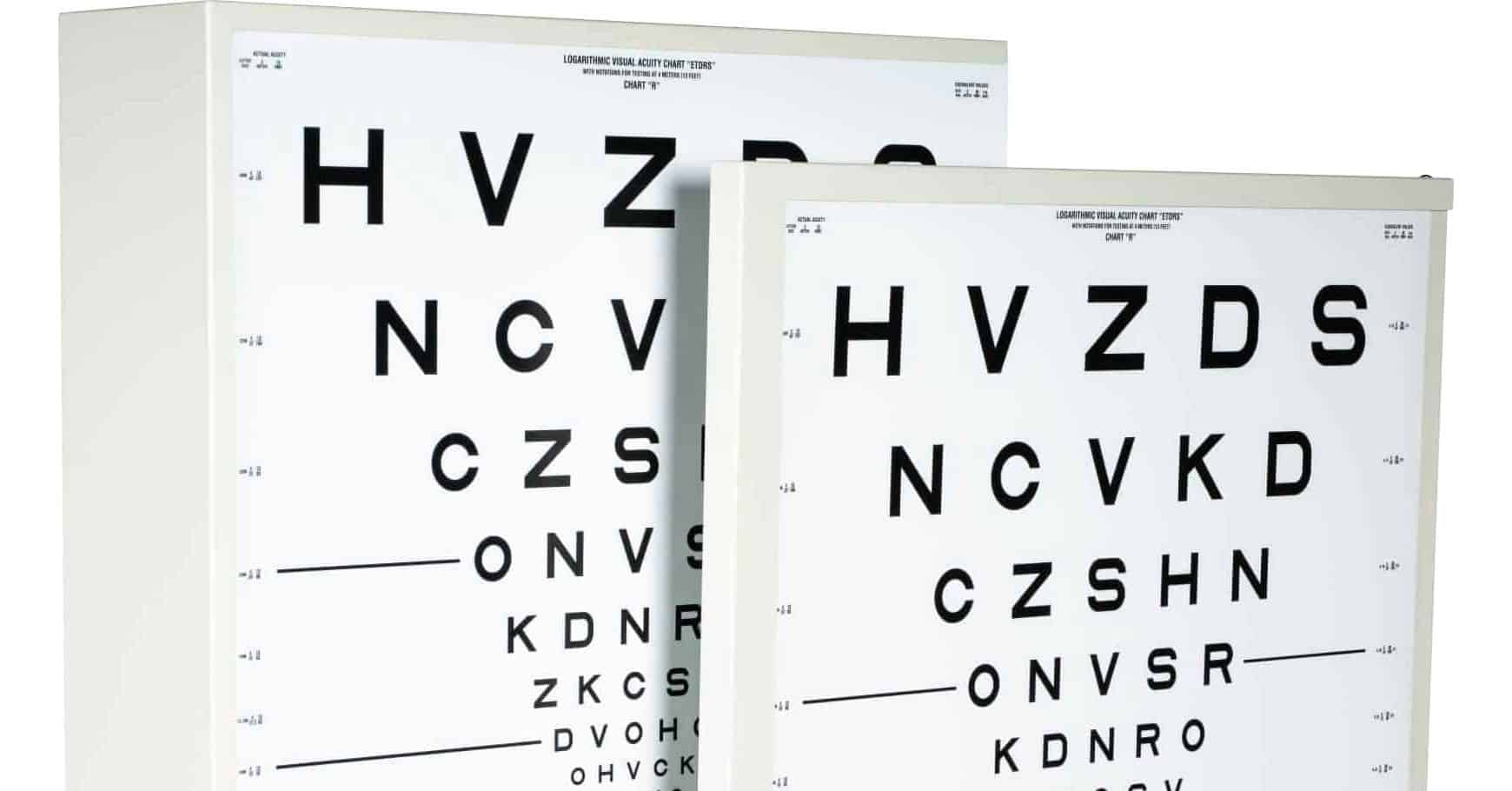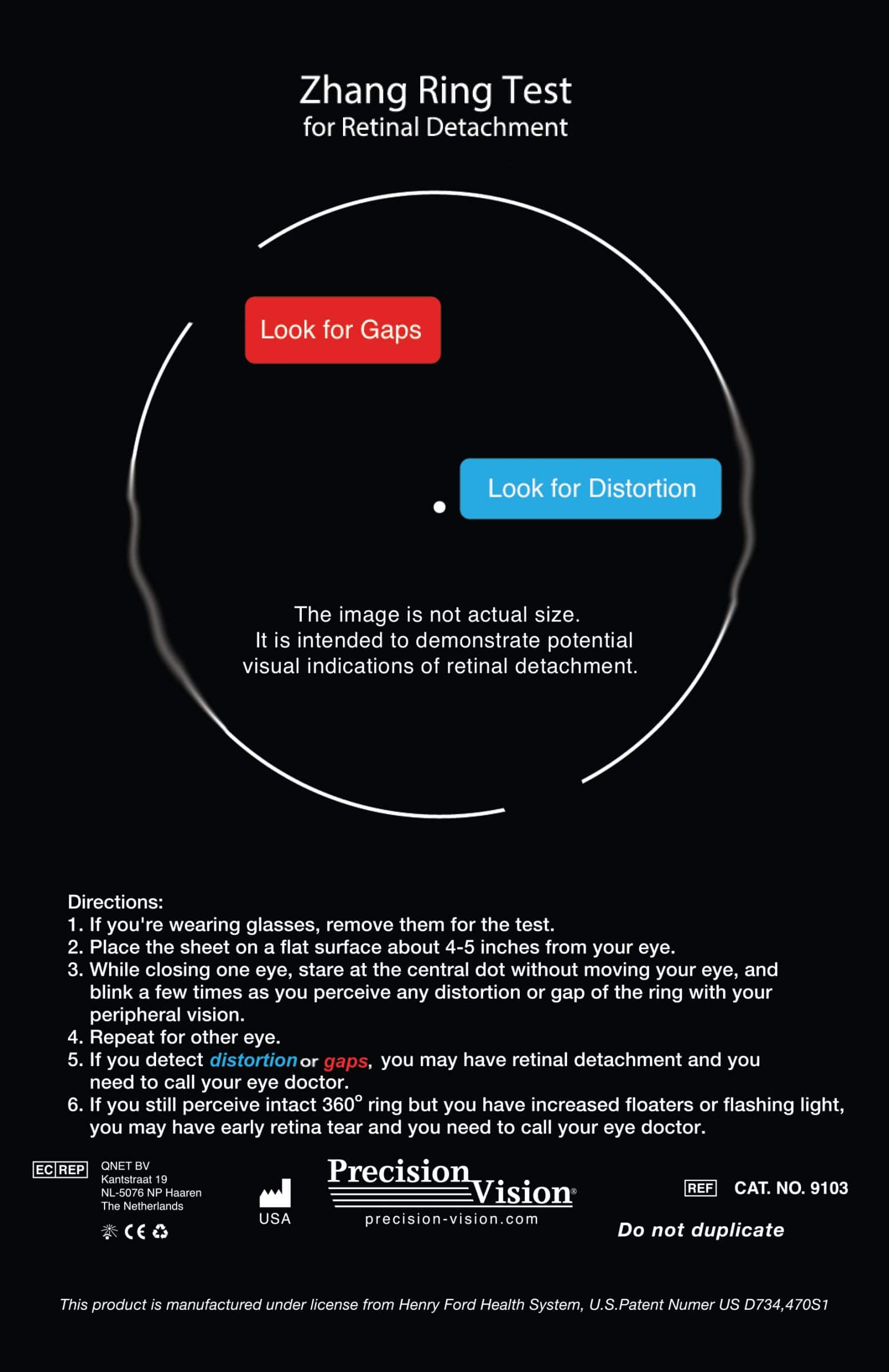
December, 2019- Arabic Continuous Text Near Visual Acuity
IN THE NEWS
Precision Vision Launches the Balsam Alabdulkader-Leat (BAL) chart for Measuring Near Visual Acuity in Arabic
Precision Vision has announced the availability of the BAL chart – a continuous text near visual acuity chart in Arabic. It is designed for testing reading performance and the smallest print legible in patients with normal vision and visual impairment.
The BAL chart is available in three different versions. Each chart has fifteen print size levels that are labelled in logMAR and point size. The charts were developed at the University of Waterloo, School of Optometry and Vision Science by Balsam Alabdulkader and Susan Leat.
“Arabic is ranked as the fourth spoken language globally, yet there was no standardized continuous text near acuity chart in Arabia – the BAL chart is the first standardized chart in Arabic that will make the assessment of near performance consistent” said Dr. Balsam Alabdulkader of King Saud University, Optometry and Vision Sciences department, Kingom of Saudi Arabia. Professor Susan Leat at the School of Optometry and Vision Science, University of Waterloo, Canada, explained that “standardisation means that first sentences are developed and tested so that they have equal length and difficulty, and then they arranged in a standard format and size. Lastly the charts are tested against one another, so that they give equal results. The task of defining the print size in Arabic was a particular challenge, as there is no “x” height equivalent for determing the size, as there is for languages that use the Roman alphabet.
Currently, in Arabic-speaking countries, the use of non-standardized charts is very common. Some of these have been created and printed by clinicians for use in their clinics while most are freely distributed by eye-care companies for advertisement purposes. Neither type of chart has been developed according to standardized procedures, and have not been tested for reliability. The use of non-standardized chart increases the variability of visual acuity measurements, as the results depend on the chart in use in a particular location and therefore would not be repeatable across different locations or Arabic-speaking countries
“Measuring visual acuity for reading in a patient’s native language is important” said Ed Kopidlansky, President of Precision Vision. “It is used to determine the power of reading glasses and the baseline for determining magnification requirements for people with visual impairment” Time and time again The BAL chart showed high inter-chart agreement and can be recommended for accurate near performance measures in Arabic for both research and clinical settings.
Noteworthy research articles are following:
- US National Library of Medicine; National Institutes of Health: Toward developing a standardized Arabic continuous text reading chart
- OVS Optometry and Vision Science: A Standardized Arabic Reading Acuity Chart
- ResearchGate: Development of an Arabic Continuous Text Near Acuity Chart
FIRST LOOK

The BAL reading charts are Arabic continuous text reading acuity charts for patients with normal and low vision.
Single optotypes charts are commonly used to measure distance visual acuity and contrast sensitivity. However, continuous text is more relevant to everyday reading related tasks, and therefore usually preferred for near acuity assessment.
PRODUCT PROFILE

Browse through several highly standardized multilingual reading tests that are developed for clinical practice and research.
Aiding in functional vision; Continuous text cards simulate everyday tasks and activities that patients may encounter, such as reading the newspaper.
ASK PV

Each issue we will take a look at some of the most frequently asked questions that we receive and feature a Q & A below!
Q: How many languages does Precision Vision manufacture in reading charts?
A: Currently Precision Vision, Inc. manufactures nineteen (21) different languages across a variety of different charts. These languages include:
- English
- Spanish
- Hispanic
- Brazilian/Portuguese
- German
- Dutch
- Danish
- Finnish
- Swedish
- Italian
- French
- Arabic
- Chinese
- Russian
- Hebrew
- Polish
- Japanese
- Slowenian
- Turkish
- Norwegian
- Tagalog





